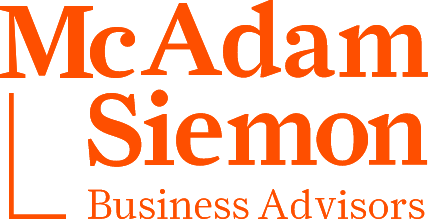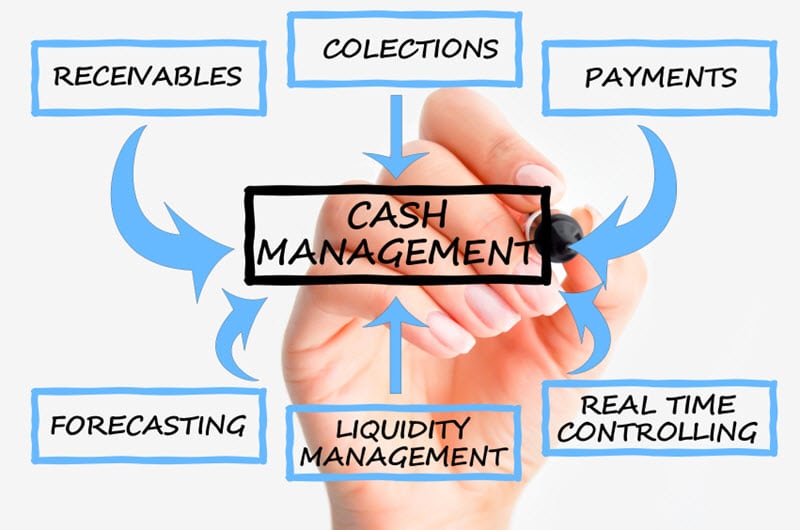If a business owner said to you that they run their business without a budget, what would you think? You’d think they were incompetent. Or perhaps lazy? Or both?
But what do most families do?
When you think about it, a family is actually a mini business. There is income, there are expenses and there is, hopefully, something left over to invest and to enjoy.
So why don’t most families operate to a budget?
After all, a personal budget helps you to see your financial direction and helps you stay (or get back!) on track. It’s a great comfort.
One reason some people don’t put together a budget is a feeling of overwhelm, of being too busy, of feeling like life is too complex to keep track of all that.
Well the good news is we can handhold you through the process and make it easy for you.
But before we look at the ‘how‘ aspects, let’s consider 3 more reasons why a personal budget is such an important tool to help you achieve your financial goals and dreams.
1. Most of your money is already spoken for long before you get it
The money you earn has already been promised to keep the electricity on, make the loan repayments and pay for the insurance. Most of what many people think of as budgeting is really honouring the commitments you have already have.
Now since we are all honest people and plan to pay these bills, the first step is to track these bills and see what is left over for your day-to-day living.
2. Your day-to-day living money is spread all over the place…
Some of your day-to-day living money is in the bank. Some is in your purse or wallet. Some is with your partner or children if you have them.
You need a simple system that allows you to track day-to-day expenses such as fuel for your car, shopping and your discretionary spending expenses.
We suggest you don’t attempt to keep track of every cent of your day-to-day living money. It’s not worth the effort for the benefit you’d get out of that level of detail.
Instead, you need to identify your main day-to-day expenses and make allowance for all other minor day-to-day expenses as a total expense.
Here’s a key: You need a system that is so easy to use that you keep using it.
You can track these day-to-day expenses by entering them into a spreadsheet, or better yet, use a tool such as Pocketsmith or Pocketbook that can automatically pull in bank feeds to save you a lot of data entry.
3. The Number 1 reason people give up on their budgets is that they don’t have the right attitude
It’s ALL in the attitude!
Have you ever attempted to budget and given up in frustration? What is the reason your budgeting attempt failed? What will make you stick to it?
Think about this…
One of the top reasons—if not the top reason—so many people give up at budgeting is attitude. If you think of it as a penny-pinching sacrifice instead of a means for achieving your financial goals and dreams, how long are you likely to stick with it?
It’s like the difference between going on a diet and eating healthily. One is negative and restrictive; the other is positive and allows you to indulge every now and then and yet still achieve your goals.
To increase your chances of success, work on your attitude first.
Many people refuse to budget because of budgeting’s negative connotation. If you’re one of them, try thinking of it as a ‘spending plan’ instead of a ‘budget’. Once you’ve attempted to budget and failed, the bad feelings associated with any type of failure can keep you from trying again. Don’t give up!
The cold hard reality
Let’s face it. Money is a tool that enables you to reach your goals in life. But the cold hard reality is that until you know where your money goes, you can’t make conscious decisions about how to use this tool effectively.
A budget (or spending plan!) shows you exactly where your money goes and provides a clear plan that lets you save for the things that are important to you: a new house, a new car, a comfortable retirement, a tertiary education, high quality health care, travel, or whatever your particular goals and dreams happen to be.
And that’s exciting.
Whatever YOU decide you want to save for and achieve, you can. With the right attitude, a focus and a (spending!) plan.
Avoid This Pitfall
There are several universal budgeting concepts that every successful budget will include, but one of the most important features of a successful budget is for it to be easy to use and suitable for your needs.
Don’t try to use a generic, complex, one-size-fits-all budget. A simpler approach makes it easier to stay committed. If you stick with a realistic, effective budget long enough, the rewards will keep you motivated. In the meantime, do whatever it takes to keep yourself going.
The 3 steps for effective personal budgeting (spending planning!) are:
- Build a Budget,
- Track Income and Spending, and
- Compare Budget to Actual.
Once you start budgeting with a positive attitude, you will see the difference a budget or spending plan can make in your life.
Your next step … Call us on 07 3421 3421 or email us on cpa@mcadamsiemon.com.au to make a time to meet. We’d love to discuss this with you and help you to get on track towards achieving your financial goals.













